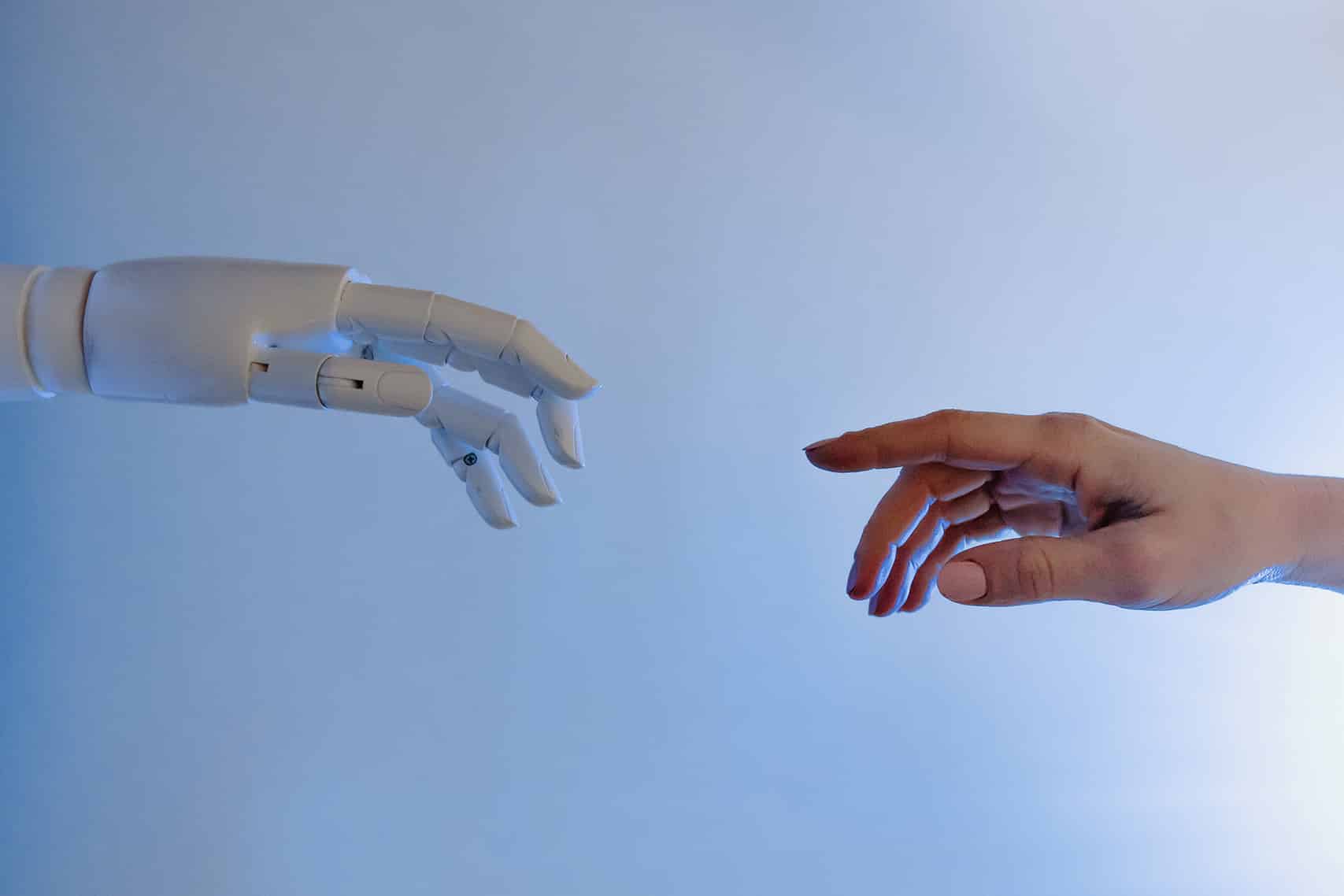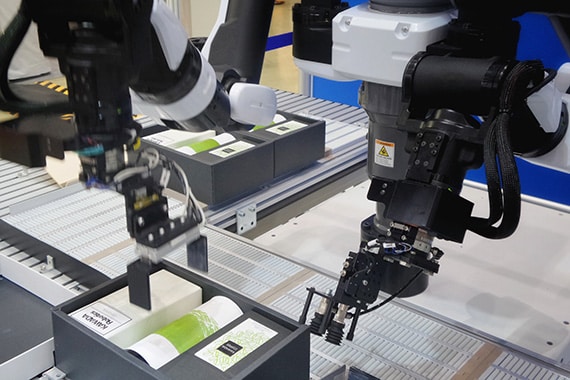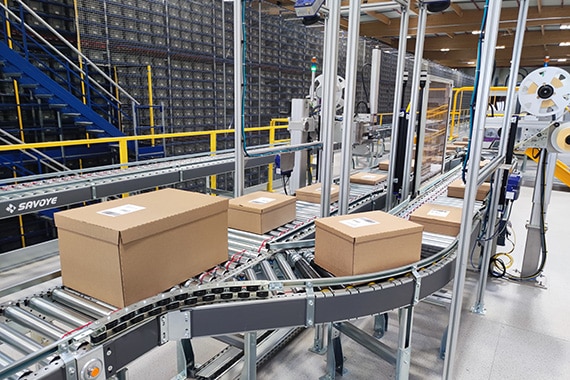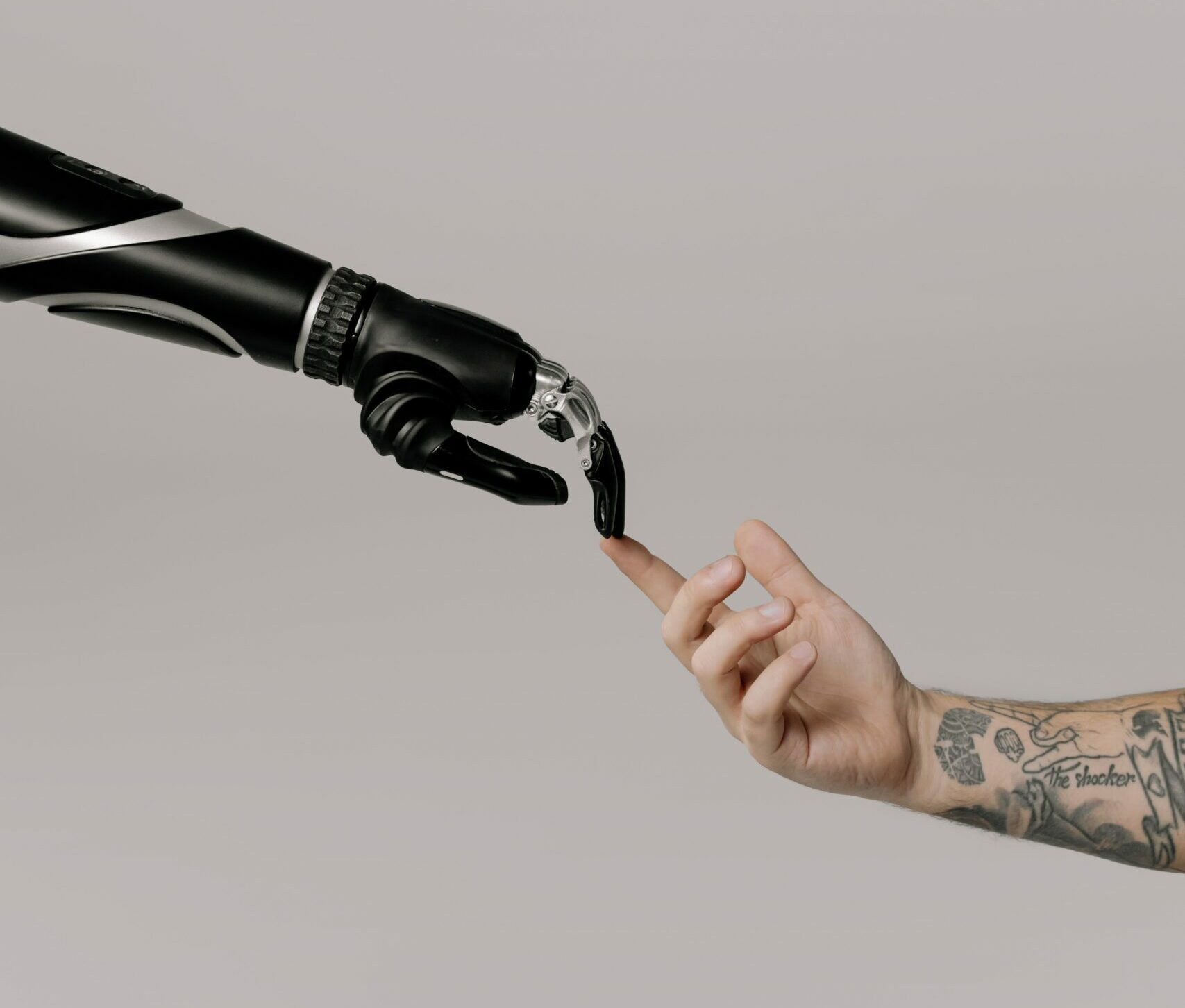With robotisation, the role of humans is to supervise the progress of the activity, to perform mainte�nance and system correction actions and to manage any anomalies. The robot performs arduous and repetitive tasks, whether physical or intellectual, at a very high rate, allowing humans to apply their added value to analysis, decision and strategy. Indeed, nothing replaces reasoning and human decision-making in specific contexts, in emergency or unforeseen circumstances.
The way forward
The notions of mechanisation, automation and robotisation underpin three objectives:
• to respond to the inevitable «customer promise» to provide everything in the shortest time and under the best conditions
• to make the warehouse a pole of efficiency, productivity and quality
• to further reduce operator difficulties
In a context of increasing capacity for field data analysis, modelling and simulation of processes, future logistics innovations will be driven by two major levers:
The ability to trace very precise operational information in real time, from the temperature of a component to the geolocation of a mobile device. This digital intelligence embedded in all processes allows the automated warehouse to generate and retrieve information, for more help in decision-making and to participate in increasing the order-fill ratio. And it is through Machine Learning that it will be possible to analyse and optimally exploit these data. These algorithms learn by iteration based on the analysis of past and present to deduce the future. At Savoye, we are convinced that the Supply Chain is an ideal area for Machine Learning application, on topics ranging from resource planning to load forecasting, picking shortage anticipation and resupply optimisation, or the anticipation of equipment maintenance actions.






